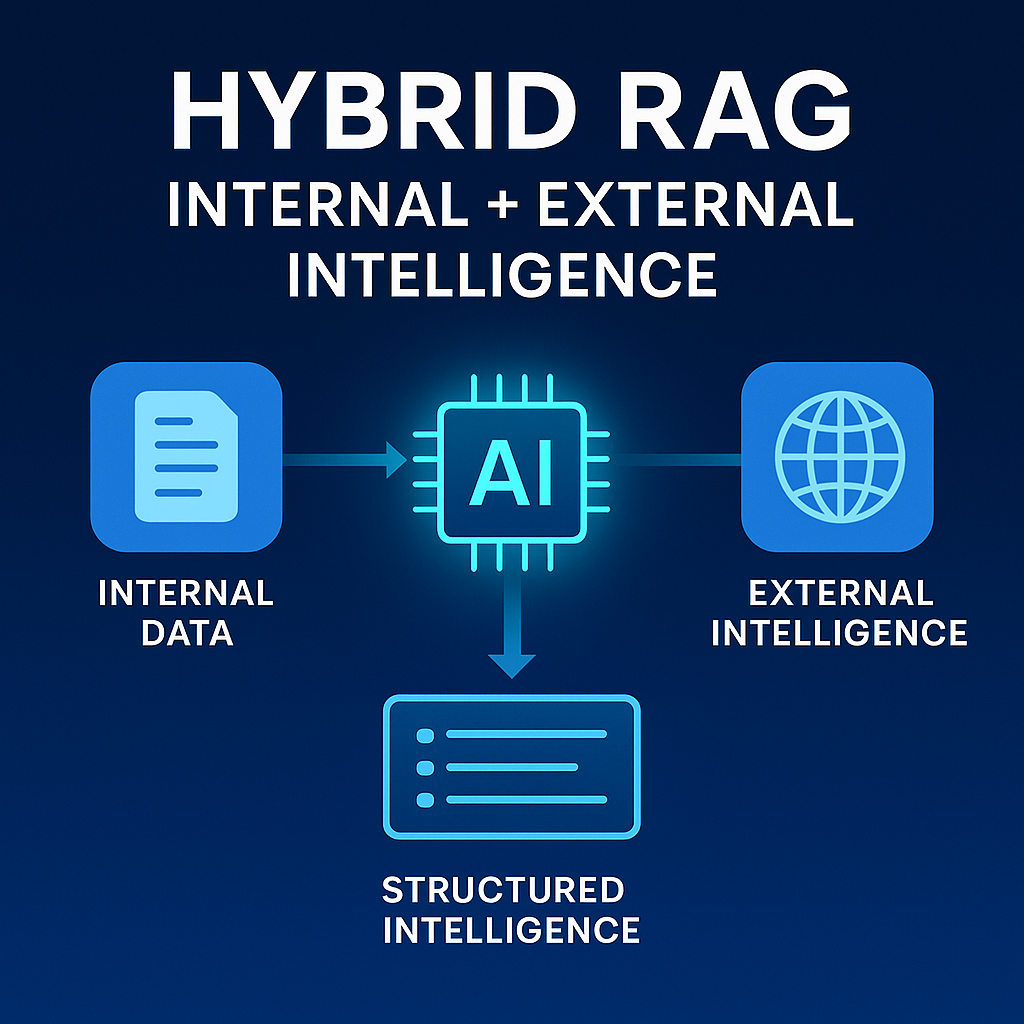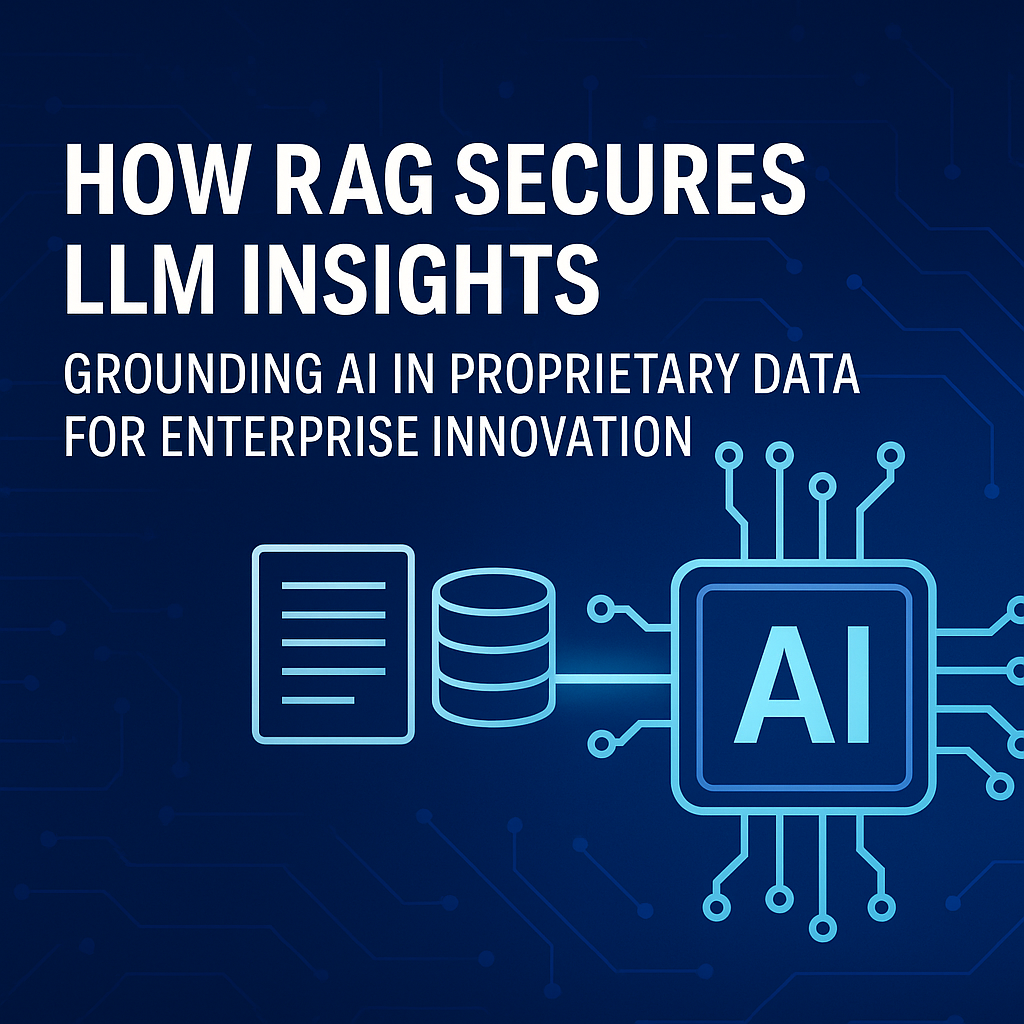Retail's future is being reshaped by AI technology, as seen in a Singapore store where customers interact with a bitHuman virtual assistant. This innovation is part of a larger trend showcased at the National Retail Federation convention in Manhattan's Javits Convention Center.
The Power of AI in Retail:
At the forefront of this technological advancement is bitHuman's interactive AI platform. These AI-trained virtual assistants, displayed on large screens, are set to transform customer service in retail environments. They can guide attendees at the event, assist in product locations, or facilitate restroom directions.

Steven Gu, CEO and co-founder of bitHuman, envisions a future where AI assistants are integral to the retail workforce. These AI-powered characters can direct customers to products or help with online orders for out-of-stock items. Advances in generative AI and language models have made these assistants not only practical but also engaging and lifelike.
The integration of AI in retail extends beyond customer interaction. The recent holiday season demonstrated AI's impact on online sales, with algorithms offering personalized product recommendations and targeted marketing strategies. Retailers are now keen to apply these AI tools in physical store settings, enhancing the in-store customer experience.
NRF 2024 Highlights:
The NRF convention is a testament to the growing interest in AI within the retail sector, drawing around 40,000 global executives. This convergence reflects a shift towards innovative solutions in facing economic challenges and evolving consumer demands.
.jpeg)
NRF President and CEO Matthew Shay acknowledges the significant role of AI in the recent success of the holiday shopping season. Retailers have recognized the importance of leveraging AI for personalized, efficient customer interactions.
The retail industry's investment in AI is substantial. A Nvidia survey highlights that a majority of retailers plan to expand their AI infrastructure investments. AI's benefits include increased revenue and reduced operational costs. Key applications of AI in retail encompass personalized customer recommendations, augmented reality experiences, and enhanced analytics for store operations.
Cynthia Countouris, Nvidia’s Director of Product Marketing, predicts a surge in AI applications for in-store customer behavior analysis. Using tools like computer vision, retailers can gain insights into shopper habits, aiding in store layout and stock management decisions.
The survey on AI use in the retail industry reveals a significant trend towards generative AI, highlighting its potential for enhancing personalization and customization in retail operations. Here's a breakdown of the key AI use cases that companies are investing in today:
Intelligent Store Applications:
- Store Analytics and Insights: 53% of respondents are utilizing AI for gathering and analyzing store data to optimize operations.
- Adaptive Advertising, Promotions, and Pricing: 40% are using AI to dynamically tailor marketing strategies and pricing.
- Conversational AI: 39% have implemented AI for enhancing customer interactions through automated conversations.
- Stockout and Inventory Management: 39% are leveraging AI for real-time inventory tracking and management.
- Loss Prevention and Asset Protection: 35% utilize AI for security and loss prevention strategies.
- Autonomous Checkout: 21% have adopted AI for streamlining the checkout process.
- Brand Avatar for Automated Customer Service: 21% use AI-driven avatars for customer service interactions.
Digital: Ecommerce, Mobile, and Metaverse:
- Personalized Customer Recommendations: 47% use AI to provide tailored product suggestions to customers.
- Conversational AI and Natural Language Processing (NLP): 36% employ AI for enhancing customer communication on digital platforms.
- Adaptive Advertising, Promotions, and Pricing: 28% apply AI in digital marketing strategies.
- Augmented Reality Experiences: 28% are incorporating AR for a more immersive shopping experience.
- Product Tagging and Cataloging: 25% use AI for efficient product categorization and tagging.
- Visual Search: 24% have invested in AI for enabling image-based product searches.
Intelligent Supply Chain and CPG Manufacturing:
- Demand Forecasting and Prediction: 27% use AI for anticipating market demand and optimizing supply chains.
- Product Formulation, Design, and Development: 19% employ AI for product innovation and design processes.
- Pick-and-Place Robotics: 19% have integrated robotics for inventory handling and management.
- Intralogistics Simulation and Optimization: 15% utilize AI for optimizing warehouse operations.
- Door-to-Door and Last-Mile Delivery: 15% are leveraging AI for efficient delivery and logistics.
- Product Waste, Spoilage, and Food Safety: 15% use AI to monitor product quality and safety.
- Product Quality Inspection: 15% have implemented AI for maintaining product quality standards.
These findings illustrate the diverse and rapidly expanding applications of AI in retail, indicating a clear move towards more intelligent, personalized, and efficient retail experiences.
AI's role in creating compelling in-store experiences is also expanding. Generative AI is enabling retailers to offer real-time product recommendations through interactive screens, blending the digital and physical shopping experience.
Despite the promise of AI in retail, challenges like adapting to noisy environments remain. This highlights the ongoing need for technological refinement to fully realize AI's potential in diverse retail settings.
As the NRF convention comes to a close, it's clear that AI technology is not just a futuristic concept but a present reality, reshaping the retail industry's approach to customer service, marketing, and operational efficiency.
How can Traction Technology help your retail transformation?
Traction Technology is a ground-breaking platform engineered expressly to eliminate internal innovation silos, thereby enabling enterprises to seamlessly collaborate and align their business needs with promising technologies. By providing dynamic features that promote collaboration and innovation, they aim to accelerate digital transformation in the enterprise.
Here's how Traction Technology can help:
.png)
Discovery of Relevant Startups: Traction Technology helps established companies discover relevant advanced technologies aligned with their strategic goals and innovation areas. It curates startups based on different industries, technology trends, and areas of business interest, making it easier to find potential partners or investment opportunities and share this information across the enterprise.
Collaboration and Engagement Tools: Traction Technology offers tools that help manage the engagement process with startups. It provides a structured approach to evaluating, tracking, and managing interactions with multiple startups across multiple project and pilots, improving efficiency and collaboration.
Data-Driven Insights: The platform provides data-driven insights to help make informed decisions. This includes information on startup funding, growth indicators, customers and competitors, which can help in assessing potential startup partnerships.
Innovation Pipeline Management: Traction Technology aids in managing the innovation pipeline. It helps companies capture ideas and request and track innovation projects, monitor progress, and measure results in real time, promoting a culture of continuous innovation.
Track KPIs and Generate Custom Reports: Effortlessly track Key Performance Indicators (KPIs) with real time dashboards and generate custom reports tailored to your organization's unique requirements. Stay
.png)
ahead of the curve by monitoring projects progress and engagement.
By leveraging a platform like Traction Technology, established companies can gain a competitive edge, driving their digital transformation journey and adapting to the fast-paced business environment. It supports the integration of startup agility, innovation, and customer-centric approach into their operations, which is critical for success in the digital age.
About Traction Technology
We built Traction Technology to meet the needs of the most demanding customers, empowering individuals and teams to accelerate and help automate the discovery and evaluation of emerging technologies. Traction Technology speeds up the time to innovation at large enterprises, saving valuable time and money by accelerating revenue-producing digital transformation projects and reducing the strain on internal resources, while significantly mitigating the risk inherent in working with early-stage technologies.
Let us share some case studies and see if there is a fit based on your needs.
Traction Report Update: 24 Startups to Watch In 2024
For more information
● Explore our software and research services.
● Download our brochure: How to Evaluate Enterprise Startups.
● Watch a demo of our innovation management platform and start your free trial.









.webp)